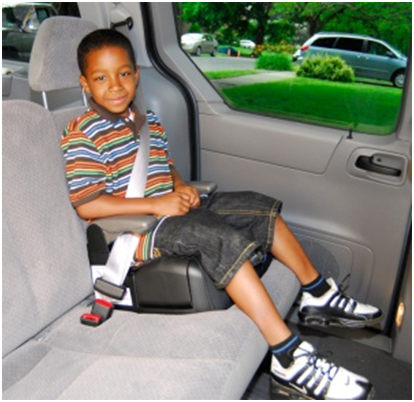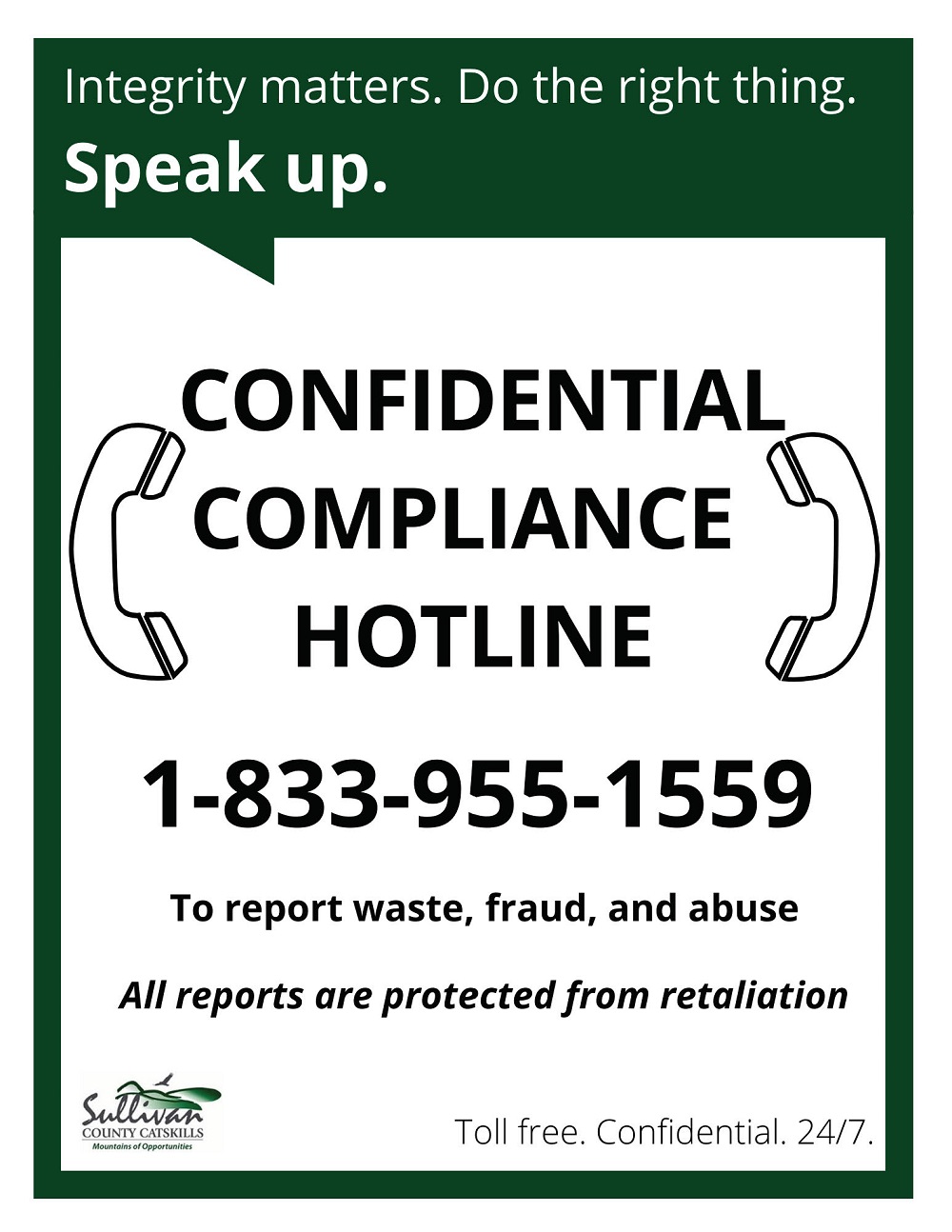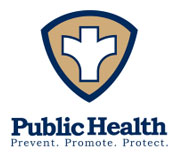
Sullivan County Public Health operates a Low-Income Child Passenger Safety Program funded by a grant from the NYS Governor’s Traffic Safety Committee (GTSC). These grants are awarded to improve highway safety and reduce deaths and serious injuries to children due to automobile accidents.
NYS Certified Technicians are available by appointment for car seat checks, child safety seat installations, and special check events open to Sullivan County Residents. A permanent fitting station is located at the address below.
Sullivan County Public Health
50 Community Lane, Liberty, NY 12754
Appointments are recommended to ensure a certified technician is available to assist you. Must be able to provide picture ID with Sullivan County address.
Please call Sullivan County Public Services to make an appointment with a NYS Certified Technician for proper guidance with your Child Passenger Safety Seat. 845-292-5910 Ext. 2271
Services provided to Sullivan County Residents:
A new, unused car seat will be provided to Sullivan County residents who qualify at our Car Seat Clinics.
Already have a car seat but need some help?
- A car seat check/instruction can also be provided to parents who have their own car seat. A NYS certified technician will instruct the parent/guardian on the proper use and installation of the new seat specific to that child.
- Parent/Guardian must bring the child, the car seat the child currently using and the vehicle the car seat will be installed in.
For expecting parents:
- We provide infant car seats to pregnant mothers one month before due date for those who qualify.
- We are not able to provide last minute car seat installations for women who have already delivered and whose infant cannot be discharged from the hospital without a car seat. Please plan ahead by calling us before your due date
Make your appointment today! Call 845-292-5910 Ext. 2271
Must be able to provide picture ID with Sullivan County address.
NEW YORK STATE'S CHILD RESTRAINT LAW
Child Passenger Restraints Are Not An Option, They Are The Law!
- All children must be restrained in an appropriate child restraint system while riding in a motor vehicle until they reach their 8th birthday.
- A child restraint system may be a child safety seat, harness, vest or a booster seat.
- An appropriate child restraint system is one that meets the child's size and weight recommended by the manufacturer.
- The vehicle's safety belt alone is NOT a child restraint system.
- The safety belt in your vehicle is not designed for children. A booster seat raises your child up so that the safety belt fits your child correctly and provides better protection.
- Booster seats MUST be used with a lap and a shoulder belt.
Effective November 1, 2019, the law states that all children under the age of 2 must ride in a rear-facing car seat. There are 2 types of rear-facing car seats: Infant Seats and Convertible/All-in-One Seats.
For more information see New York State's Child Passenger Safety page or visit the National Highway Traffic Safety Administration's page on Car Seat and Booster Seats.

Children 12 years and younger should ride in the back seat. The simple task of properly buckling up children in the back seat reduces the risk of being killed in a crash by 33%.
Wondering when to move your child from a booster seat to vehicle seat belts? Make sure that your child meets all of the following requirements for a proper seat belt fit:
1. Your child must be 8 years old.
2. Your child should be able to sit with his or her back straight against the vehicle seat back.
3. The knees bent comfortably at the seat's edge without slouching.
4. The lap belt should be low across the upper thighs or hips, not across the abdomen.
5. The shoulder belt should lie across the chest and shoulder, not touching the neck or face.
6. Your child should be able to ride this way for the entire trip.
7. It is recommended that booster seats be used until your child is 4'9" tall or weighs 100 lbs.
Think Safe, Ride Safe, Be Safe! Buckle up every time, every ride
Frequently Asked Questions About Car Seats
What are the different types of car seats, and when are they used?
There are four basic types of child safety seats available: infant, convertible, forward-facing only and booster. The one you use depends upon the weight and height of the child. It is important to always read the child safety seat manufacturer's instructions for installation and use.
Car Seat Recommendations for Children
- Select a car seat based on your child's age and size, and choose a seat that fits in your vehicle and use it every time.
- Always refer to your specific car seat manufacturer's instructions; read the vehicle owner's manual on how to install the car seat using the seat belt or LATCH system; and check height and weight limits.
- To maximize safety, keep your child in the car seat for as long as possible, as long as the child fits within the manufacturer's height and weight requirements.
- Keep your child in the back seat at least through age 12.
STEP 1: Birth - up to 2 years
Effective November 1, 2019, the law states that all children under the age of 2 must ride in a rear-facing car seat. There are 2 types of rear-facing car seats: Infant Seats and Convertible/All-in-One Seats. Infant car seats can only be used rear-facing. Convertible and 3-in-1 car seats typically have higher height and weight limits for the rear-facing position, allowing you to keep your child rear-facing for a longer period of time. Keep your child rear-facing as long as possible. It's the best way to keep him or her safe.
STEP 2: 2 - 3 years
Your child should remain in a rear-facing car seat until he or she reaches the top height or weight limit allowed by your car seat's manufacturer. Once your child outgrows the rear-facing car seat, your child is ready to travel in a forward-facing car seat with a harness, usually around age 2.
STEP 3: 4 - 7 years (up until the child's 8th birthday)
Keep your child in a forward-facing car seat with a harness until he or she reaches the top height or weight limit allowed by your car seat's manufacturer. Many new seats on the market can now accommodate children to higher weights and heights. Once your child outgrows the forward-facing car seat with a harness, it's time to travel in a booster seat, but still in the back seat. Always use both the shoulder and lap belt every time with all booster seats.
NYS law requires that all children must use an appropriate child restraint system until their 8th birthday, however many children are not large enough by age 8 to begin using the adult seat belt.
STEP 4: 8 - 12 years
Keep your child in a booster seat until he or she is big enough to fit in a adult seat belt properly, For a seat belt to fit properly the lap belt must lie snugly across the upper thighs, not the stomach. The shoulder belt should lie snug across the shoulder and chest and not cross the neck or face. Remember: your child should still ride in the back seat because it's safer there, always using BOTH the shoulder and lap belt.
DESCRIPTION OF RESTRAINT TYPES:
- A REAR-FACING CAR SEAT is the best seat for your young child to use. It has a harness and in a crash, cradles and moves with your child to reduce the stress to the child's fragile neck and spinal cord.
- A FORWARD-FACING CAR SEAT has a harness and tether that limits your child's forward movement during a crash.
- A BOOSTER SEAT positions the seat belt so that it fits properly over the stronger parts of your child's body.
- A SEAT BELT should lie across the upper thighs and be snug across the shoulder and chest to restrain the child safely in a crash. It should not rest on the stomach area or across the neck.
Think Safe, Ride Safe, Be Safe! Buckle up every time, every ride



